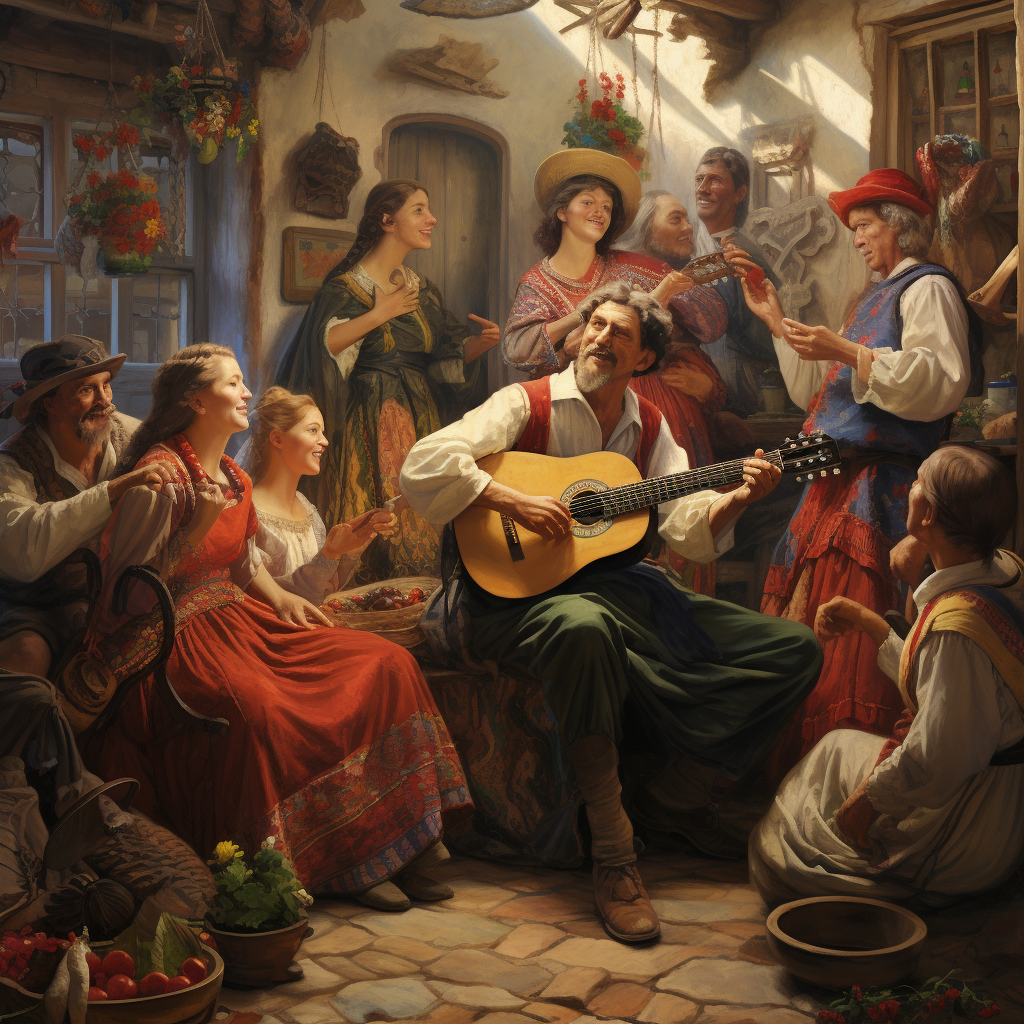Uncategorized
Folk Music
Folk Music
More recently I was playing with a colleague Avelino, who specialises in Early Music. We got into exploring a lot of different folk music. One thing I had discovered in doing this was that the Celtic folk music draws quite a lot of comparisons with the way Baroque music can be approached. Whether it was adding the characteristic grace notes (acciaccaturas mostly) or the type of music being played. The tonality of the music is still very much rooted in Mediaeval tradition as the music uses mainly modes than actual ‘minor’ keys plus Major keys from time to time.
The nature of a lot of folk music was for dancing as a lot of it was faster paced. A particular one is called the Jig (in 6/8) also called the Gigue. This was passed around in Europe more in the 1600s. The Gigue was popular in instrumental suites- notably by Bach. The difference was that many other old dances were put together such as Allemande, Corrente, Bourre, Sarabande and so on.
This music is a very versatile but also a nationalistic kind of music as many countries worldwide have their own version of folk music. In Romania, particular kinds of music such as the Hora, or in Hungary the Csardas. The Composer Dvorak was very much a Folk inspired composer in a lot of his works including the Humoresque and his Piano Quintet op. 81 are some nice examples.
The main areas of Celtic music was very widespread in Europe but the main areas were Ireland, Scotland, the Isle of Man, parts of England such as Cornwall, Galicia in the North of Spain and Brittany in France. Its had a widespread influence on music from the following Baroque traditions at the time to even folk and country music from the Americas to the other side of the world.
#musiclessonslondon #musicteachers #pianoteacherslondon #pianolessonsLondon


Pingback: Knowing Anna Maria Jopek